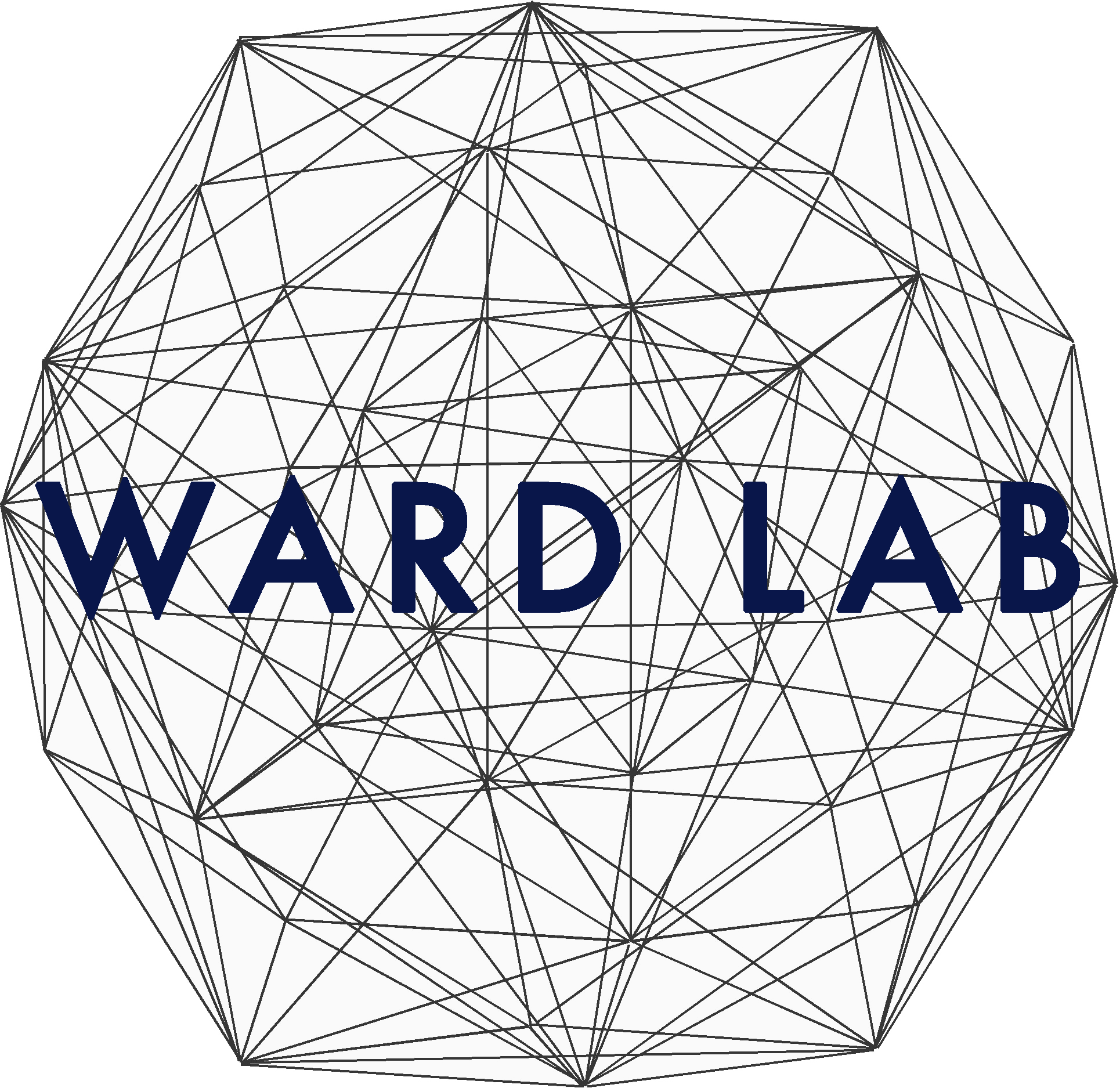In a demonstration of adaptive guest inclusion in a new aliphatic guanidinium monosulfonate hydrogen-bonded framework, graduate students Allie Dillon and Anna Yusov, along with NYU collaborators Krystyna M. Demkiw, K. A. Woerpel, and Merck collaborators Mohammad T. Chaudhry, Justin A. Newman ,and Alfred Y. Lee, discovered crystalline inclusion compounds based on a new aliphatic host – guanidinium cyclohexanemonosulfonate – which surprisingly exhibits four heretofore unobserved architectures, as described by the projection topologies of the organosulfonate residues above and below hydrogen-bonded guanidinium sulfonate sheets. The inclusion compounds adopt a layer motif consisting of the guanidinium sulfonate sheets interleaved with guest molecules, resembling a mille-feuille pastry. The aliphatic character of this remarkably simple host, combined with access to greater architectural diversity and adaptability, enables the host framework to accommodate a wide range of guests and promises to expand the utility of guanidinium organosulfonate hosts. The work was published in a special issue of Crystal Growth & Design dedicated to the renowned crystallographer Dr. Olga Kennard. Find the article here.
Back to All Events
Earlier Event: April 5
Coercing assembly of donor-acceptor complexes with hydrogen-bonded frameworks
Later Event: May 30
Hydrogen-Bonded Frameworks for Structure Determination
